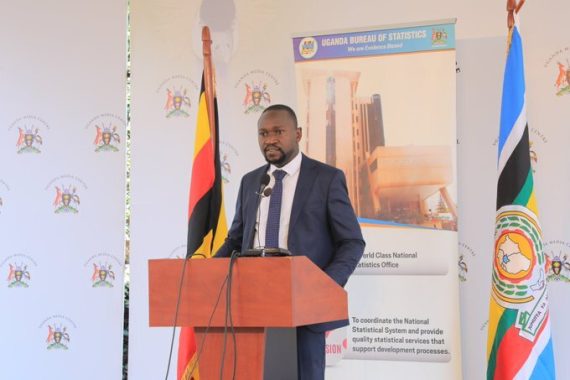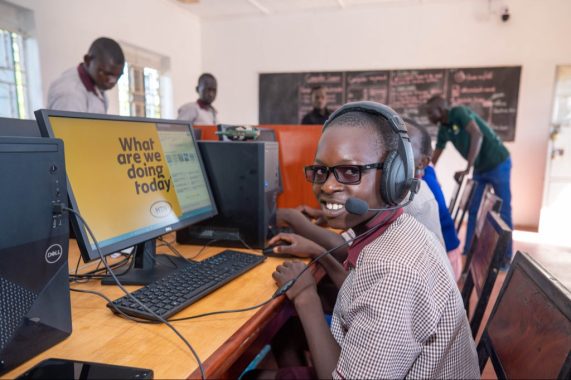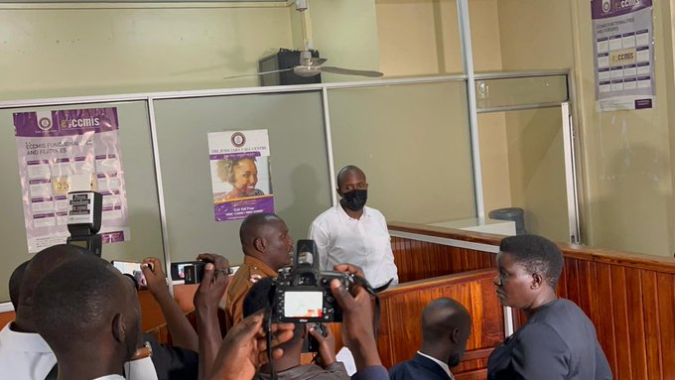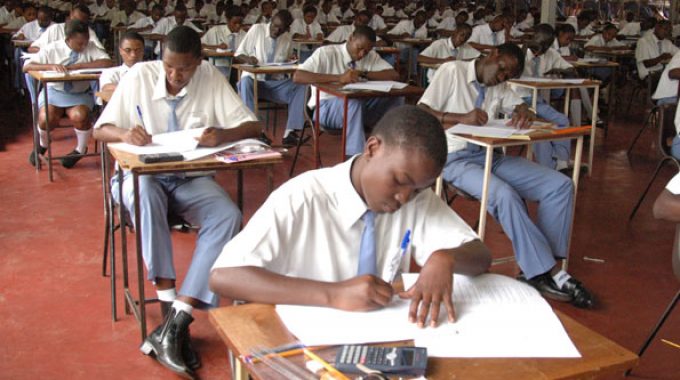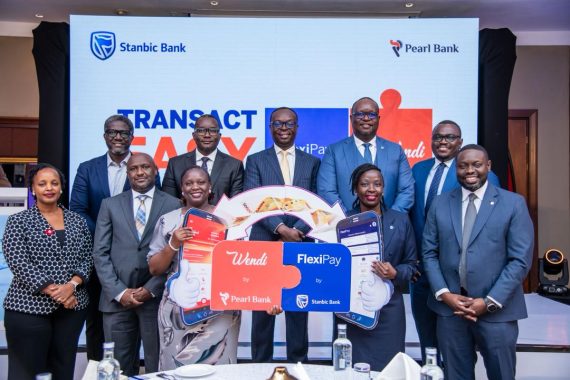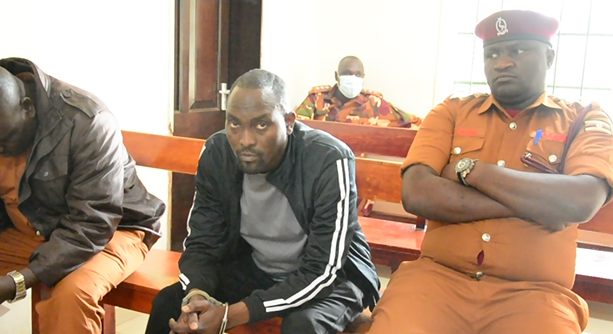On Thursday, 3rd October 2024, the Uganda Bureau of Statistics (UBOS) will unveil the highly anticipated National Population and Housing Census 2024 final report.
This detailed report promises to provide a deep dive into how Ugandans are living, what they own, and how they access essential services.
The announcement was made by Didacus Okoth, UBOS spokesperson, in a press conference on Monday.
“This report will answer the crucial questions: how we are living, what we own, and where we access services from,” Okoth explained.
While the preliminary results released earlier this year covered the basics like population size, age groups, and gender distribution, the main report goes much further.
Okoth revealed how comprehensive it will be: “It’s much more than just counting people. We’re talking about detailed analyses that reveal who owns what, how people are living, and the distances children walk to school every day.”
Okoth was clear about the value of this data, particularly for planners and investors.
“For example, it will tell us how many households own radios, televisions, and even provide insights into mental health trends. This is critical information for policymakers, investors, and researchers alike.” he said
Okoth reiterated that with over 160 questions asked at the household level, the report is set to provide a wealth of information, including issues pertained to mental health cases.
“We are seeing more cases of mental illness both in Uganda and globally. This report will shed light on how many people are affected and where they are,” Okoth noted.
He further revealed how the report would help measure socioeconomic transformation.
“We’re looking at development in the broadest sense: how are people accessing education, health, and agricultural services? How far do students walk to school every day? This will be captured in the detailed analysis,” he added.
One of the key revelations expected from the report is around housing. Okoth compared the upcoming findings with those from the 2014 census.
He said: “Back then, we had about 1 million households living in permanent structures. Now, we’re talking about 9 million. That’s a huge leap, and it says a lot about how far we’ve come in terms of infrastructure development.”
He also revealed that the census will also highlight how many households are still living in mud houses or semi-permanent structures, providing a clearer picture of Uganda’s evolving housing landscape.
“This report will be a benchmark for everything from household surveys to poverty assessments for the next decade,” Okoth said.
According to the UBOS mouthpiece, the team has been working tirelessly to ensure that the data is accurate and ready for public consumption.
“Our team has been working day and night, and we are confident that this report will give Ugandans a clear picture of where we stand as a nation,” he assured.
Okoth didn’t hesitate to encourage the media and stakeholders to dig into the data and use it effectively.
“This is not just a report for government officials. It’s for the media, planners, and anyone interested in how Uganda is changing. We encourage our good friends in the media to explore the data and share its rich insights with the public.” he said
The report launch, scheduled at Kampala Serena Hotel, will see President Museveni as the official guest of honour.




